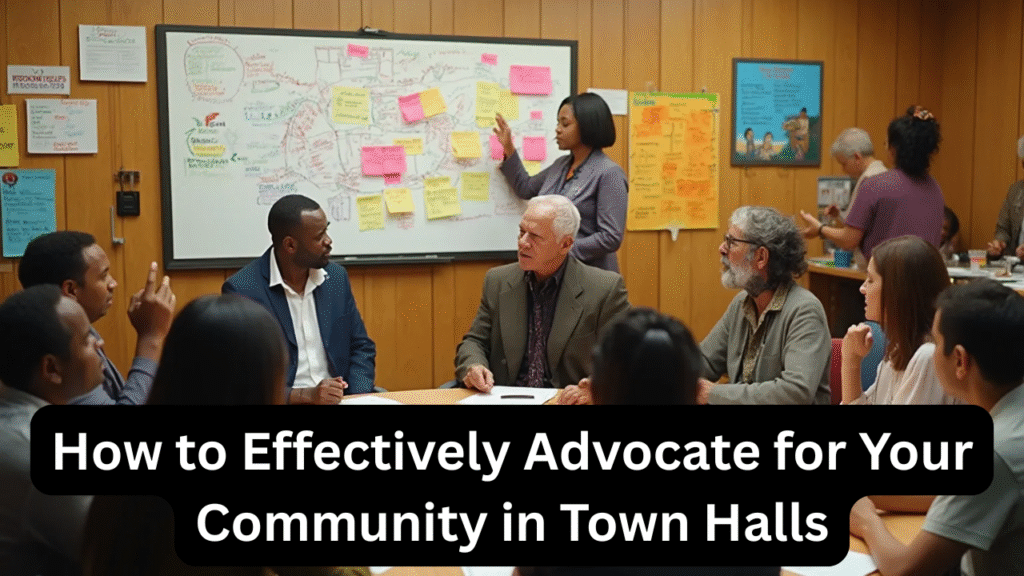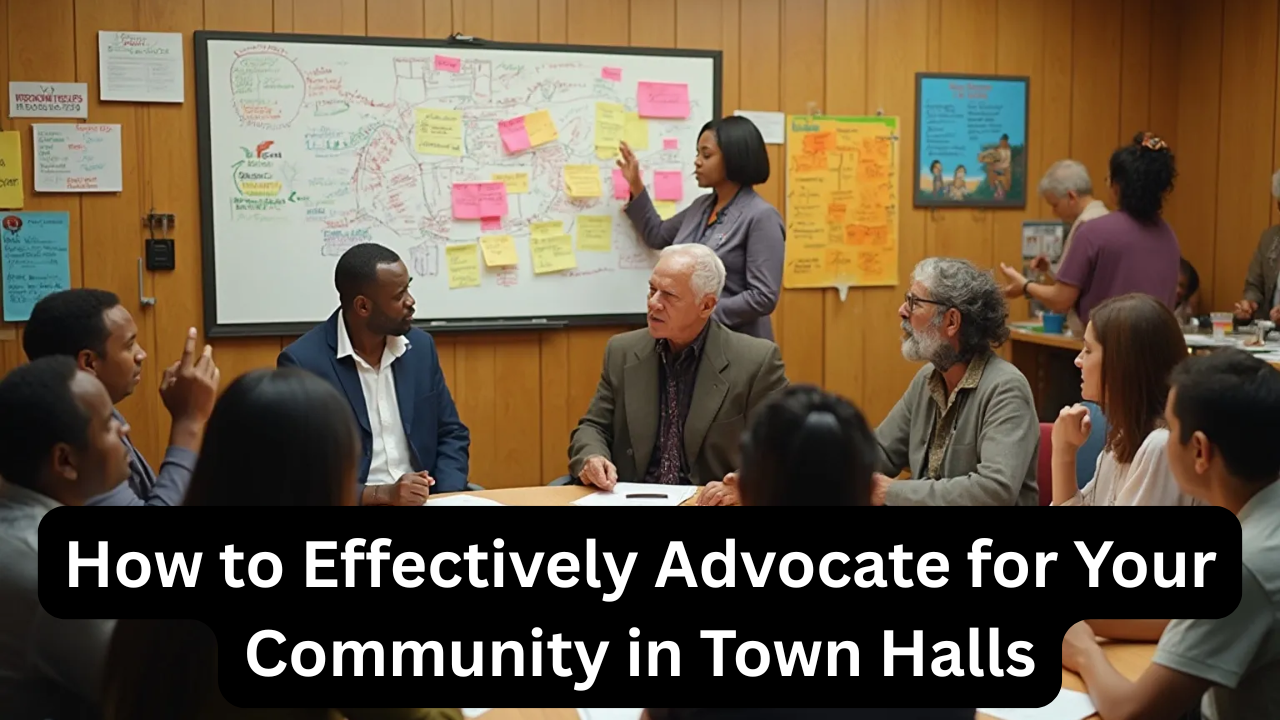
Town halls are vital forums where community members can engage directly with local officials, voice concerns, and influence public decisions. Whether you want to address neighborhood issues, promote new initiatives, or hold elected leaders accountable, effectively advocating at a town hall requires preparation, clear communication, and strategic participation. This guide outlines practical steps and tips to make your voice heard and bring positive change to your community through town halls.
Understanding the Role of Town Halls
Town halls are public meetings hosted by local officials, such as city council members, mayors, or school boards. These gatherings offer residents a platform to:
- Learn about community issues and government projects.
- Provide feedback on policies and proposals.
- Ask questions directly to elected representatives.
- Build relationships with public officials and other residents.
Engaging in town halls is a direct way to participate in local governance and ensure your community’s needs are addressed.
Step 1: Prepare Thoroughly Before the Meeting
Effective advocacy starts well before the meeting begins. Preparation includes:
- Identify Your Issue Clearly
Define the specific concern or proposal you want to address. Narrowing your focus helps keep your message clear and impactful. - Research Background Information
Understand the topic’s context, current policies, and any ongoing debates. This knowledge enables you to speak confidently and respond to questions. - Know the Format and Rules
Different town halls may have varied formats — some allow open discussion, others limit speaking time or require signing up in advance. Check the agenda and rules to plan accordingly. - Prepare Your Message
Write down key points you want to make. Practice a concise, respectful statement or question, ideally lasting 1-3 minutes.
Step 2: Engage Respectfully and Clearly During the Meeting
When it’s your turn to speak:
- Introduce Yourself Briefly
State your name and your connection to the community (e.g., resident, business owner, local advocate). - Be Clear and Concise
Stick to your main points. Avoid long-winded explanations or emotional arguments that might dilute your message. - Use Facts and Personal Stories
Combine data or research with personal experiences to make your advocacy relatable and credible. - Stay Respectful
Keep your tone polite, even if you disagree strongly with officials or other participants. Respectful dialogue increases the chances your concerns will be taken seriously.
Step 3: Listen and Take Notes
Town halls are two-way conversations. Listen carefully to officials’ responses and other participants’ comments.
- Take notes on key points or follow-up actions.
- Identify allies or opponents in the discussion.
- Consider questions you might want to ask later or points to clarify.
Active listening helps you engage more effectively and build ongoing relationships.
Step 4: Follow Up After the Meeting
Advocacy does not end when the meeting is over. To maximize impact:
- Reach Out to Officials
Send a thank-you email reiterating your concern and any promises or commitments made during the meeting. - Connect with Other Community Members
Collaborate with those who share your views to organize further actions like petitions, additional meetings, or public awareness campaigns. - Monitor Progress
Keep track of any policy developments related to your issue and be ready to re-engage when necessary.
Tips for Successful Town Hall Advocacy
- Arrive Early
Arriving early gives you time to sign up to speak and network with officials or other attendees. - Bring Support Materials
Handouts, data sheets, or visuals can strengthen your message and leave a lasting impression. - Stay Calm Under Pressure
Town halls can sometimes become heated. Keep your composure to maintain credibility. - Use Social Media Wisely
Share your participation or key points from the meeting on social media to amplify your voice and rally community support.
Overview Table: Steps to Advocate Effectively in Town Halls
| Step | Description | Purpose | Tips |
|---|---|---|---|
| 1. Preparation | Research, define issue, prepare statement | Ensure clarity and credibility | Practice your speech beforehand |
| 2. Clear Communication | Present your points concisely and respectfully | Make your message heard | Use facts and personal stories |
| 3. Active Listening | Listen carefully, take notes | Understand responses and build alliances | Note follow-up actions |
| 4. Follow-Up | Contact officials, connect with community | Maintain momentum and accountability | Send thank-you emails |
| 5. Use Support Tools | Bring materials, engage on social media | Enhance message impact and outreach | Share key points online |
FAQ
Q1: How long can I speak during a town hall?
Speaking times vary but are usually between 1 to 3 minutes. Check the event’s guidelines beforehand.
Q2: What if I disagree with other attendees or officials?
Remain respectful and focus on facts and your community’s interests. Civil discourse is more effective.
Q3: Can I bring a group to support my cause?
Yes, bringing community members can show broader support, but coordinate to avoid dominating the discussion.

